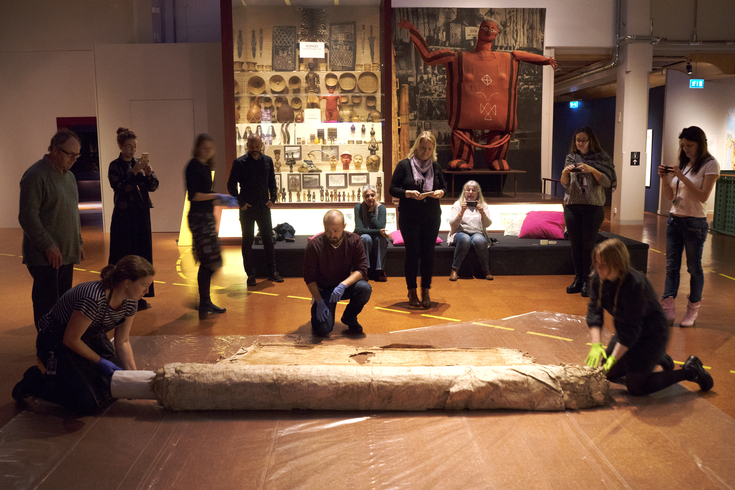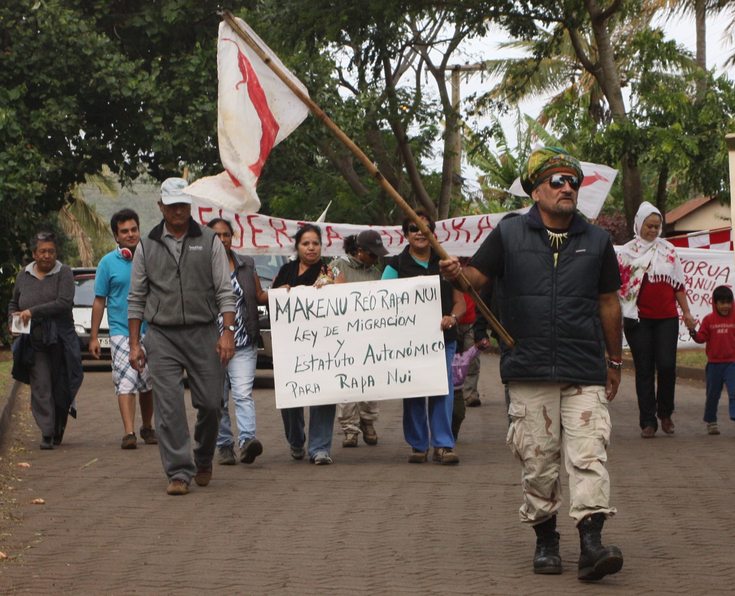Museum Anthropology
Indigeneities in the 21st Century
From “vanishing people” to global players in one generation
Thirteen years after the adoption of the United Nations Declaration on the Rights of Indigenous Peoples in 2007, Indigenous stakeholders act as global players in arenas such as the UN Convention on Climate Change, the Dakota Access pipeline in the USA, and the Humboldt Forum in Berlin. Yet, until the 1960s, anthropological inquiries considered the same people as “vanishing” and doomed to disappear.
Photo: Diego Muñoz, 2011
The so-called Indigenous renaissance presents a remarkable phenomenon of late (post)modernity. How can this surprising process be understood and explained? The objective of this project is to study how Indigenous actors evolved from “vanishing people” to global players. The project is located at the disciplinary intersections between anthropology, art, history, philosophy, and politics; and aims at making a future-oriented contribution to (re)emerging Indigeneities and the (re)negotiation of their (post)colonial legacies in and with Europe.
Project website: https://www.indigen.eu/
Affiliated Projects
Museum futures: Material cultures of ethnography and natural history as archives of environmental knowledge
See https://www.indigen.eu/projects/affiliated-projects/museum-futures
Materiality – museology – knowledge (Center for Advanced Studies research focus)
See https://www.indigen.eu/projects/affiliated-projects/materiality-museology-knowledge

Photo: Mark Adams / MAA, 2017
Funding
The project has received funding from the European Union’s Horizon 2020 Research and Innovation Programme through the ERC Starting Grant no. 803302.
Team Members
- Principal Investigator: Philipp Schorch
- Postdoctoral Researcher: Diego Muñoz Azocar
- Doctoral Researcher: Ruben Dario Chambi
- Research Project Assistant: Luisa Marten


